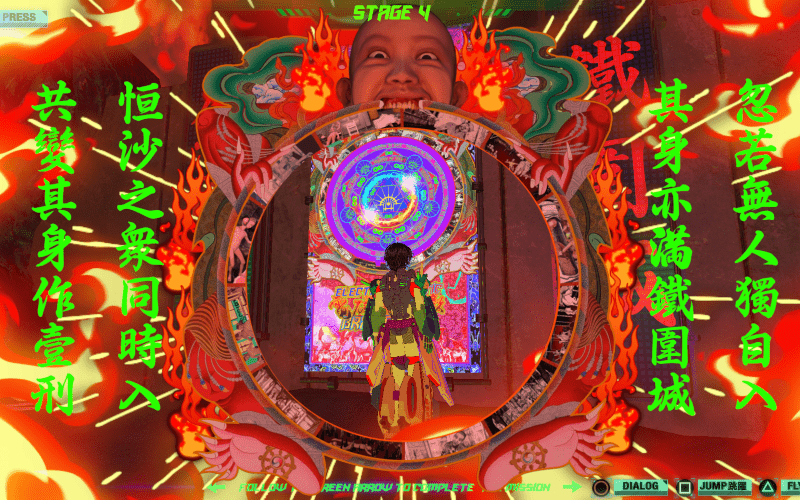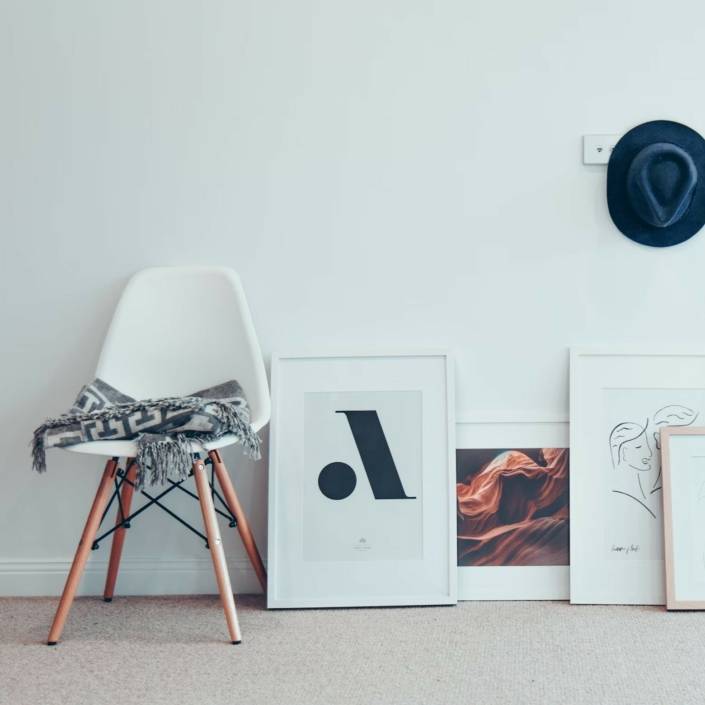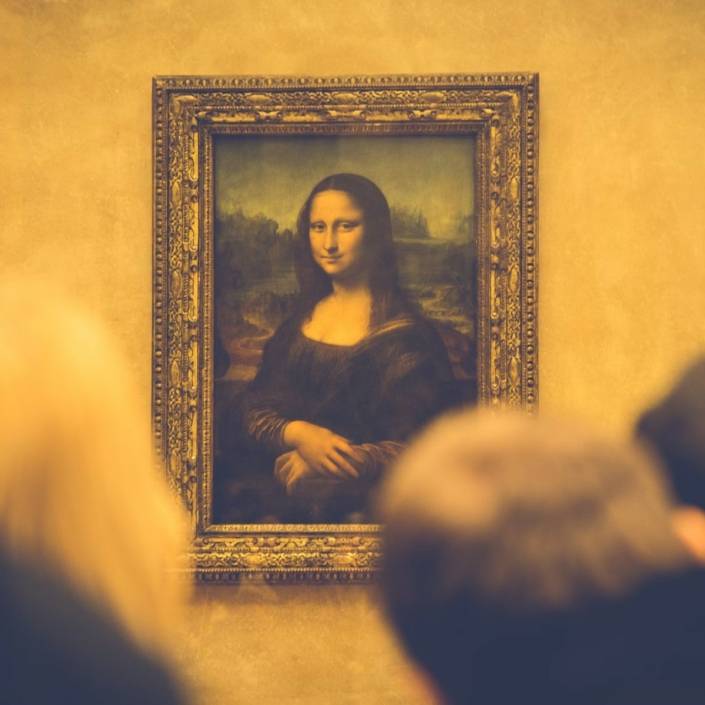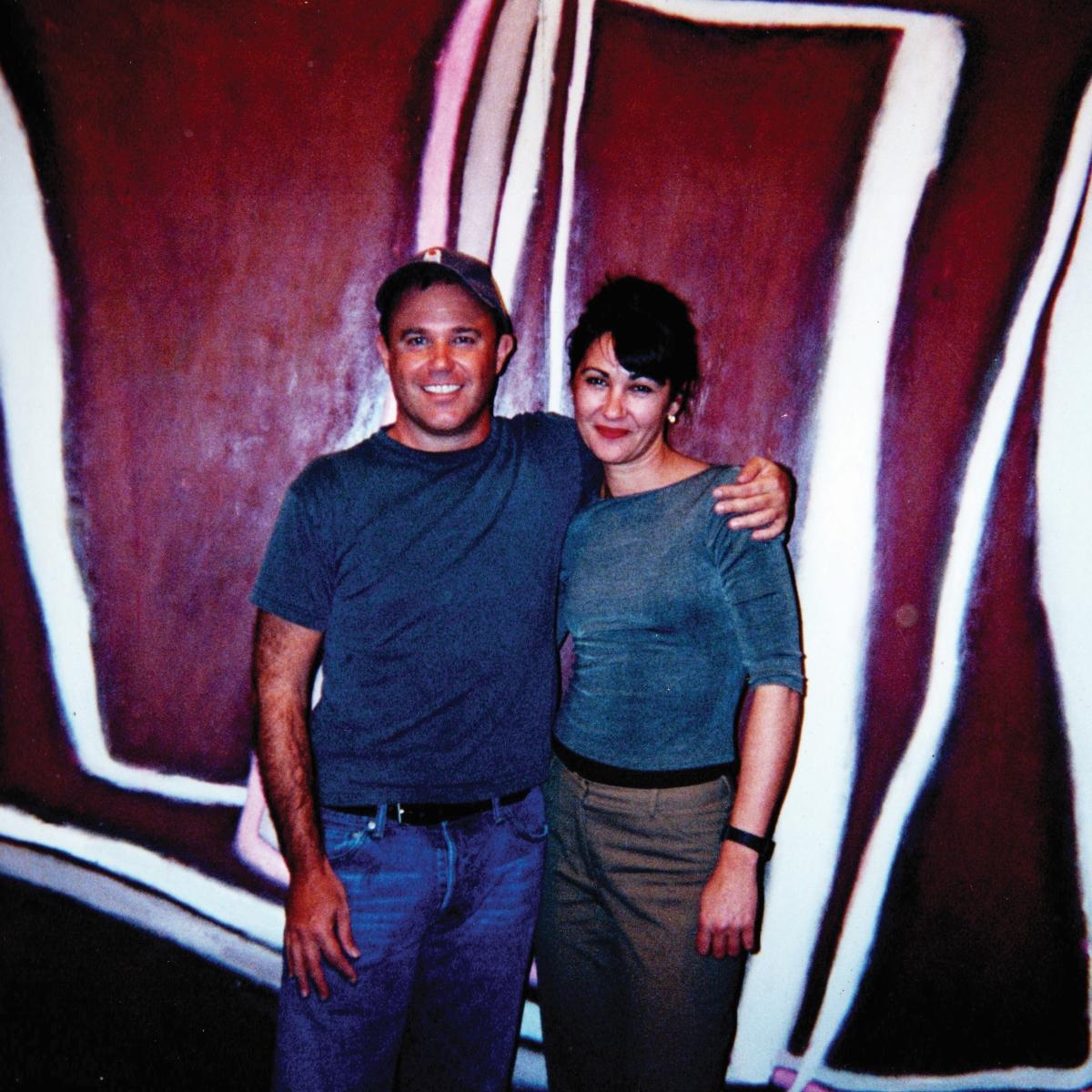Zeitgeist: Serious Gaming
The art world issues influencing our times.
Words: Sophie Penkethman-Young
Games have always held a particular place in popular consciousness, part artform, part international sport and part multi-million dollar business, it has always been difficult for the arts, television and film to know where to put their rambunctious sibling. Like television, gaming is often consumed in the private sphere, like the arts it is performative and often communal and like film it is big budget and international. However, through the years we have seen the increased impact of games on film, television and art, with films being set in the world of games, television shows dedicated to discussing the new releases and more recently, museums and art institutions bringing games into their collections.
Alongside this merging of worlds we are also seeing the tools and aesthetics developed within games disperse through the artworld, from the 3D renders associated with NFTs to the growing incorporation of motion capture technology within performance practice.
As institutions and artists turn to games so does the Australian Federal Government, with the recent passing of the Digital Games Tax Offset (DGTO), to encourage the development of talent and creation of games. No doubt this will help the creation of many new Australian games, while also building technological capacity within the larger creative sector. It seems we may be the tip of a wave for the gamification of art and institutions.
In June 2022 ACMI, Melbourne, the National Film and Sound Archive and the Powerhouse Museum, both in Sydney, put out a joint media release to announce the acquisition of Australian viral puzzle game Untitled Goose Game, 2019. Untitled Goose Game is a creation by four person Victorian studio House House with support from Vicscreen and music by composer Dan Golding. In the game you are a goose, reaping havoc around a small town, originally a one player only, it has been extended to two player mode. The game was praised for its silliness and sold more than 100,000 copies within the first two weeks, topping Nintendo charts in Australia, the United Kingdom and the United States. This somewhat surprise hit has become a shorthand for the promise of the Australian games industry and made many people outside the games industries look to the local independent studios for the first time with a promise of cultural and monetary growth. Talking on the acquisition, Seb Chan, CEO of ACMI noted that “Collectively these three institutions have committed to preserving, playing, researching and understanding this game for the longterm…. Untitled Goose Game is now safe as an iconic part of the country’s creative history.”
This safety of games, and digital media in general is a high concern for institutions and individuals collecting in this space, as technological innovation advances, and obsolescence of old media is now an everyday occurrence. “…software-based artworks, games are very fragile by their nature, so preservation is a big challenge for collectors,” continues Chan. “A 70-year lifespan for a film canister is not unusual, but we can’t expect the same of a hard disk, which wouldn’t survive seven years without assistance.”
A race to preserve the important creative works in this medium is underway. “Untitled Goose Game will remain a key part of Australia’s creative history,” says Chan. “Its joint acquisition by three of the largest institutions in the country will set a precedent for how we collect local games… What has been learnt from working with videogames is being applied to media art from the 1980s to 2010s and also to contemporary digital art.”
This exchange between games and the arts goes beyond the conservation space with many artists experimenting with the tools developed to create games. These experimentations can become screen works, designed for a gallery setting, or performance works in virtual worlds such as Lu Yang’s dance work DOKU, The Binary World or Sally Coleman’s virtual band Big Sand, both of which utilise gaming softwares such as Unreal Engine or Unity. Artists investigating virtual worlds and interactivity are not new, David Haines and Joyce Hinterding incorporated these elements into their practice for some time with large scale interactive works including large scale interactive work Geology, 2015 which has been acquired by the Museum of Contemporary Art (MCA), Sydney. However it is now with younger artists that we are seeing a more rapid take up of this technology. As Chan notes, “For young people videogames are often the first experience of interactive art and as the tools of creation become more accessible we are seeing game and game-like experiences in all sorts of work.”
“Games leave room for a viewer to play with the ideas before them. I think the structure and rhythm of games can create immersive arenas for story-telling, learning and exchange,” noted artist Kalanjay Dhir who has been experimenting with game technology and motifs in his new work Habit Habit, 2022 commissioned by Parramatta Council. “Also they are just fun! The appearance of a game can make complex issues approachable.”
Shanghai-based multimedia artist Yang has made a name for herself creating vast fantasy worlds and life-like avatars exploring themes of consciousness, Buddhist scripture, pleasure and pain. In 2022, Yang’s work was shown at Sydney Opera House as part of an interactive live mo-cap dance work in DOKU, The Binary World. The work featured one dancer in Sydney and another in Hong Kong, meeting in a virtual world. Simultaneously, Yang’s work was being shown at the MCA in an exhibition Ultra Unreal, though instead of the live dancers against an LED wall, the virtual worlds were now across a multiscreen installation. A year earlier Yang’s works were shown at COMA Gallery, Sydney in a solo exhibition Āśrava World, 2021. The gallery exhibition featured large fabric prints from game-like environments, and aluminum cutouts of the artist’s avatars. With the growing institutional recognition of games and works that use the technology behind them, we will no doubt see an increase in commercial galleries showing these artists, and with the growing integration of screens into households, we could soon see a growth in private collectors within this space.
Featured image: Lu Yang, The Great Adventure Of Material World – Game (video still), 2019. Single-player role-playing computer game, ed 2 of 6. Courtesy: the artist and COMA, Sydney.
This article was originally published in Art Collector issue 103, January-March 2023.









